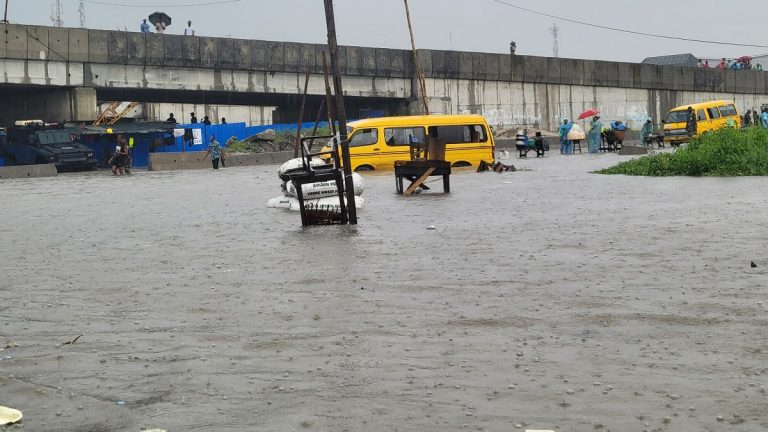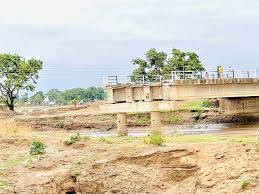Business and commercial activities came to a standstill on Wednesday as a relentless 10-hour downpour wreaked havoc across Lagos and Ogun states. The heavy rain led to widespread flooding, collapsing infrastructure, and impassable roads, disrupting daily life for thousands.
In Lagos, areas like Mushin saw a tragic consequence as a two-storey building collapsed due to the deluge, injuring seven people. The incident underscored the severity of the flooding, which submerged major roads and homes across Iyana-Oworo, Agege, Gbagada, and other parts of the city. The downpour, starting at midnight in some areas, persisted until noon, exacerbating the flooding crisis.
Meanwhile, Ogun State faced similar challenges with communities like Atan-Ota, Sango-Ota, and Ijebu-Ode inundated, causing significant disruptions to transportation and daily routines. Residents reported major roads submerged, rendering them impassable and stranding commuters.
READ ALSO
Lagos State Clears Flood at Iyana Oworo After Heavy Downpour
Authorities, including the Lagos State Emergency Management Agency (LASEMA), responded by suspending non-essential travel and urging residents to prioritize safety. Schools in affected areas like White Sand Estate in Isheri-Osun were forced to close, ensuring the safety of students amid hazardous conditions.
Efforts to mitigate the crisis included ongoing raids on suspected cultist hideouts and comprehensive drainage clearances. However, residents lamented the recurring nature of flooding, calling for urgent government intervention to address infrastructure deficiencies.
The impact of the torrential rain extended beyond Lagos and Ogun states, affecting communities in Edo, Ekiti, Ondo, and Anambra states, where flooding disrupted economic activities and daily life, highlighting the need for sustainable urban planning and infrastructure development to mitigate future disasters.




